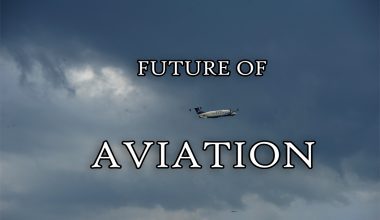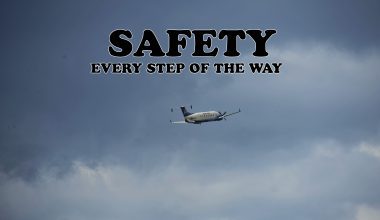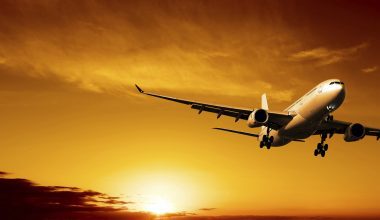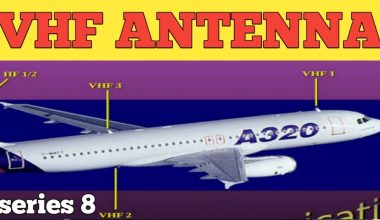KATHMANDU-ANN
A recent spate of incidents involving drones at airports has focused public and media attention on the threat they pose to critical airspace. How dangerous are drones to commercial airports and aircraft, and are current UAV mitigation and countermeasure technologies fit for purpose when it comes to identifying and nullifying the threat?
The trend of using UAVs for the purpose of carrying out studies, conducting surveys, taking photographs, videography and collecting information has been gradually on the rise in the period.
Generally, drone operators should avoid flying near airports because of other air traffic. It is very difficult for other aircraft to see and avoid a drone while flying, and drone operators are responsible for any safety hazard their drone creates in an airport environment.

A group of people has been found flying drones test flight in Khokana, Lalitpur, Nepal air-route. The Khokana is the Entry/Exit Point of Bagmati Kilo Heli-Lane for the Helicopter following Manahara/Humanute Junction-Manahara River -Bagmati/Dhobikhola Junction-Bagmati River- Balkhu Bridge-Khokana Pass.

Earlier, an amateur photographer had also been found flying drones inside airport vicinity presuming the lockdown of the airport at Bharatpur. Event entire airports of Nepal have been closed; Special flights, Evacuation, and Rescue flights are being carried out on a daily basis.
[the_ad id=”28989″]
While flying drones at any place remain illegal without obtaining permission from the local security as well as Civil Aviation Authority of Nepal, it has been revealed that without any pre permission, the reckless photographer managed to take drone photos inside the airport as well as the most sensitive approach path of aircraft for a runway.
It is illegal to fly a drone higher than 200 ft or in restricted airspaces, such as near an airport (further restrictions apply if the drone is fitted with a camera). It is also against the law to operate drones within 2.69 nautical miles (5 KM) of an airport boundary without approval.
[the_ad id=”28989″]To bid to avert threats posed by drones to internal security, the Ministry of Home Affairs has prepared मानवरहित हवाई उपकरण ड्रोन उडान सम्बन्धी कार्यविधि २०७५ and as per the procedure, the drone has to be registered and has its Unique Identification Number (UIN) issued CAA Nepal.
However, occasional activities of unauthorized drone exercises have been reported in the lack of proper regulation awareness in people. This has alarmed that drone flying poses security threats, weakens air safety and encroaches personal privacy.

Presently, CAAN provides free authority to the ones trying to fly drones for an appropriate reason. Lots of permissions have been provided by CAAN after the implication of the procedure. CAAN informed that the permission has been provided to the person and companies that have taken note of flight place and time in CAAN. CAAN has been issuing NOTAM (Notice to Airmen) for the flying location and time for approval of flying drone. Information on the process for approval is available at http://caanepal.gov.np/en/drone/
Anyone who breaks the procedure of Flying Drone in Nepal is subject to prosecution under the Nepal Civil Aviation Authority Act, 2053 (1996) and Electronic Transactions Act, 2063 (2008). The person will convict and sentenced to penalize monetarily and seized Drone by the Authority.
[the_ad id=”28989″]A person or individual applying for permission to use UAVs should first submit personal and drone details, an area where it is to be flown, the purpose of the flight and its duration to the Home Ministry.
“No one will be permitted to use a UAV, flying camera and drone within a 1,000-metre aerial distance of security agencies and other sensitive areas,” illustrates the procedure. Security agencies have been authorized to confiscate the UAVs flown in prohibited areas and take action against their operators.




[wtpsw_carousel]






